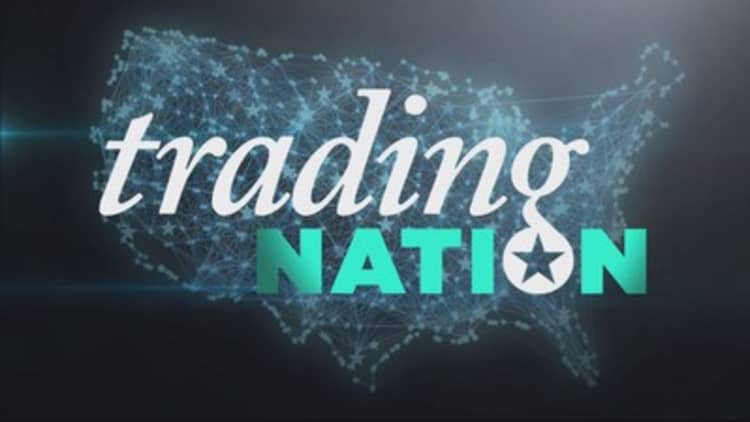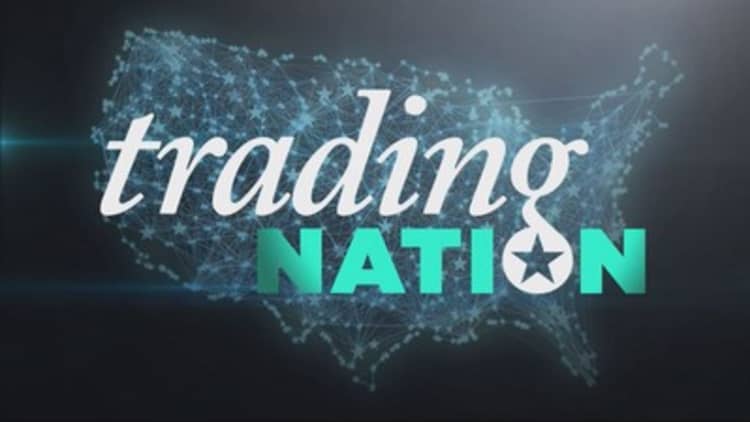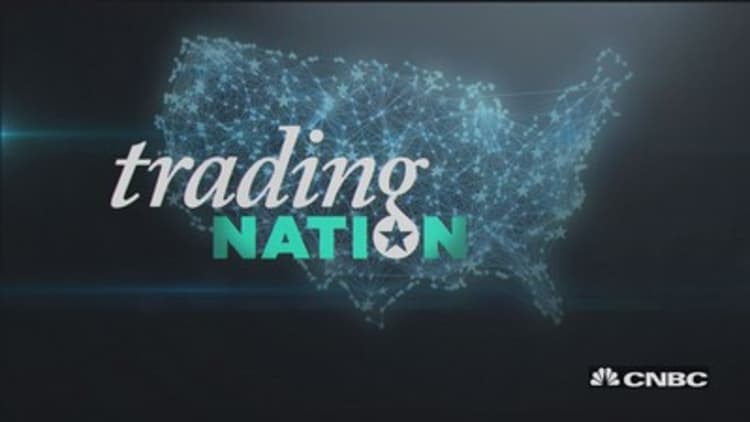


If investors are nervous that a market correction is ahead, where should they go?
Ordinarily, the question is not a difficult one to answer. Boring, high-yielding utilities stocks trade like a mix between stocks and bonds, and thus are seen as providing protection in times of market turmoil. But after soaring in 2014 as yields fell, the sector is likely to fall if rates rise this year.
Similarly, little protection can be found in bonds themselves. One of the big concerns for stocks this year is that the Federal Reserve will soon hike rates—a move that should hurt bond prices even more than it hurts stock prices. Gold, too, often trades inversely to yields.
Faced with this predicament, many investors have turned to the stable-sounding consumer staples stocks. Valuations in names like Colgate-Palmolive and Coca-Cola have risen considerably as a result, but that poses a problem.
Noting that Coca-Cola is trading at a forward price-to-earnings ratio of 20, Dennis Davitt of Harvest Volatility Advisors complained that "Coke is priced like a growth stock. Unless they start selling Coke on the moon, I don't know where they're going to see that kind of growth."
Looking at the staples space more generally, Davitt told CNBC that "it's become such a crowded trade that the fundamentals are completely out of line."
The risk is that because these perceived safety stocks are trading at a higher valuation than the market as a whole, they will actually fall more sharply than the market in a correction because the fundamentals may not be there to support the price.
In fact, for Davitt, the "truly defensive stocks are the ones that people are not looking at," like JPMorgan, which safety seekers may be shying away from due to perceived regulatory and other risk. As a result of this shying-away, though, the stock is yielding 2.8 percent and trading in line with (as opposed to above) its historical average price-to-book value.
Scott Kubie, chief investment strategist at CLS Investments, says stocks considered to be "low-risk" do not provide much protection these days, as they "tend to be more sensitive to interest changes." He recommends that investors look instead to so-called "high-quality names," such as those contained in the PowerShares S&P 500 High Quality Portfolio (SPHQ).
Composed of stocks that have consistently delivered growth and stability in both earnings and dividends, the top holdings in the ETF include names likes Yum Brands, IBM and Walt Disney.
Yet Kubie grants that because investors pay a premium for "quality" names, they "may drop slightly more than defensive stocks in the early stages of a correction."
David Seaburg, head of equity sales trading at Cowen, said Friday on CNBC's "Trading Nation" that he would "look for really niche safety trades in some of the smaller-cap names that are going to do well as the economy continues to grind higher. I would stay away from big multinationals, and I would stay away from gold, obviously, telecoms, and stay far and clear away from utilities."
"Maybe some smaller-cap financial names would be pretty good," he said.
Of course, for many investors, the phrases "safety trade" and "smaller-cap financial names" don't even sound like they belong in the same article as each other. But in this strange world, such are the niches that safety seekers may have to turn to.
Want to be part of the Trading Nation? If you'd like to call into our live Monday show, email your name, number, and question to TradingNation@cnbc.com.






